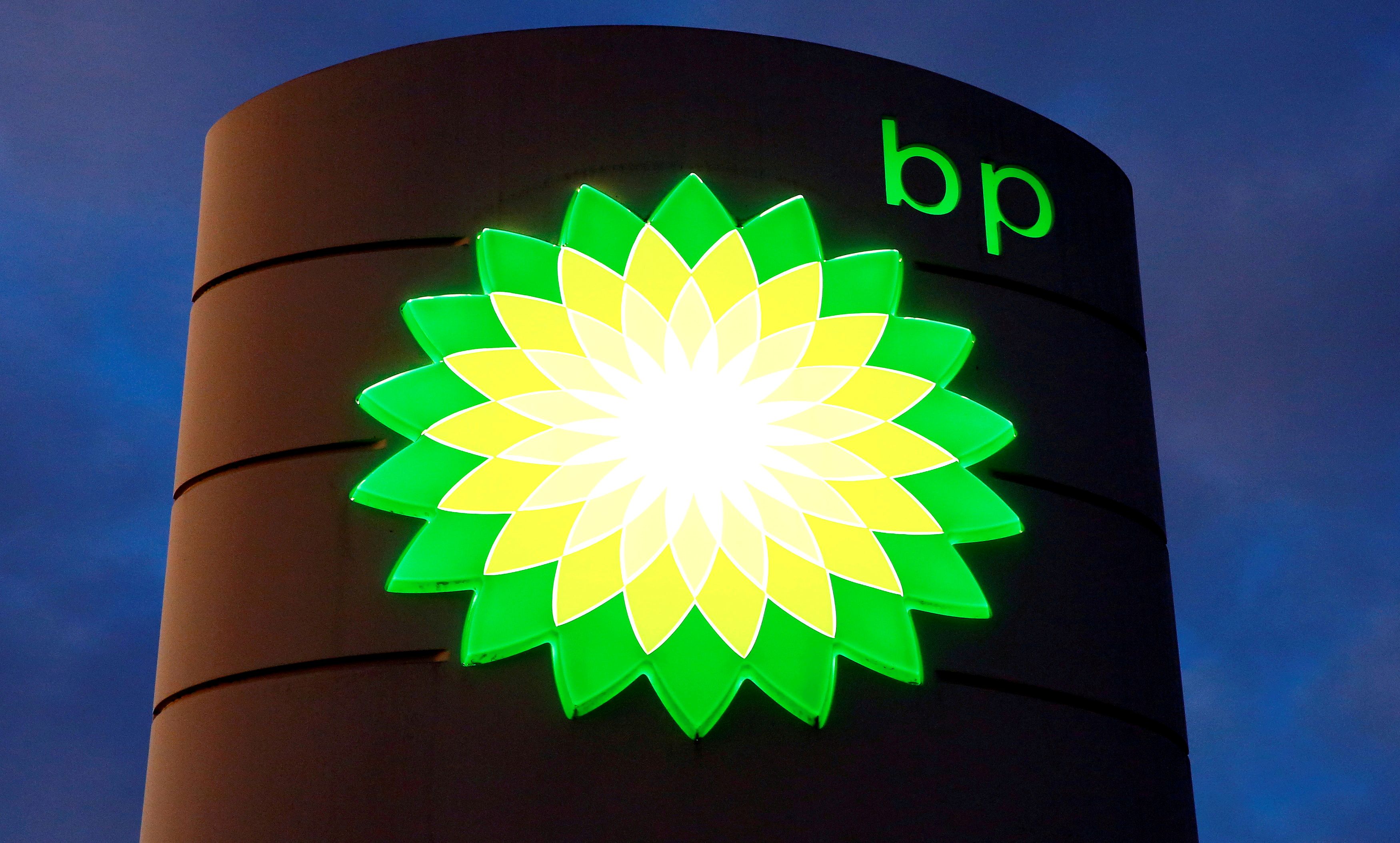Merck & Company (MRK): Building Strength, Paving the Way for Potential Upside
$86.28
Merck & Company (MRK): Building Strength, Paving the Way for Potential Upside
31 Oct 2025, 11:49

Unsplash.com

Major strategic shift could reshape oil supply dynamics and investor outlook as BP focuses on high-yield fossil fuel assets.
BP Returns Focus to Oil with Huge Investment
British energy giant BP has officially approved its $5 billion Tiber-Guadalupe offshore drilling project in the U.S. Gulf of Mexico, marking a significant shift in strategy as the company pivots back toward traditional oil and gas operations. This move is part of BP’s effort to regain investor confidence after lagging behind rivals such as Shell and ExxonMobil.
Project Details: What You Need to Know
This state-of-the-art floating platform will exploit both the Tiber and Guadalupe fields and will play a vital role in BP’s broader plan to increase output in the Gulf region to 400,000 barrels of oil equivalent per day by 2030—up from 341,000 in 2024.
Lower Costs, Higher Output
BP expects the development costs for Tiber-Guadalupe to be around $3 per barrel cheaper than its Kaskida project. This is largely thanks to using 85% of the same design, streamlining production and cutting expenditure.
Strategic Pivot: Back to Fossil Fuels
After years of championing renewable energy investments, BP made a sharp course correction earlier this year. With mounting debt and pressure from shareholders due to poor financial performance compared to peers, BP decided to scale back its green energy ambitions and double down on high-margin oil and gas projects.
This announcement underlines BP's renewed belief in the profitability and near-term stability of fossil fuels. The U.S.—and specifically the Gulf of Mexico—has become a strategic focal point for the firm’s rebound.
Potential Market Impact: Oil Prices and Investment Sentiment
The Tiber-Guadalupe project could significantly impact global oil dynamics if production targets are met:
What It Means for Investors
This development represents a clear vote of confidence in the long-term viability of oil. While environmental concerns remain, the energy market’s reality is shifting as many companies, like BP, re-embrace oil exploration to meet global demand and investor expectations.
For investors, this could mean:
Conclusion
BP’s $5 billion bet on deepwater drilling marks more than just a project approval—it signals a bold return to oil dominance. While risks remain, particularly around energy transition narratives, the Tiber-Guadalupe project could serve as a key catalyst for BP’s financial revival and influence oil market pricing in the decade ahead.
Sources: (Investing.com, Reuters.com, Web)